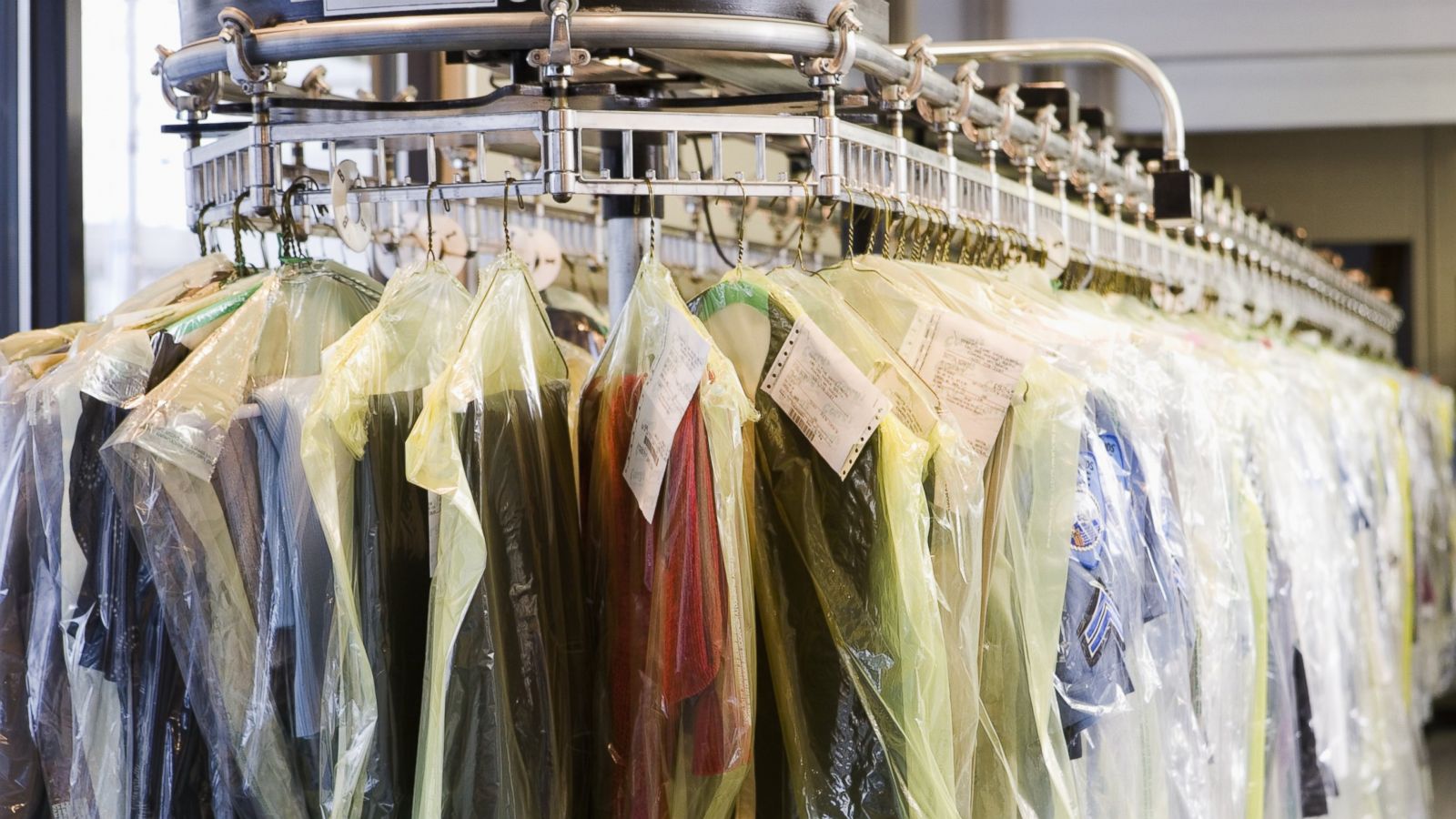Excelling this Skill of the Solvent Care Process beginning Start to Completion
Excelling this Skill of the Solvent Care Process beginning Start to Completion
Blog Article
Clothing care is a specialized cleaning process that is crucial for maintaining the quality and look of many fabrics. Unlike traditional washing techniques that use liquid, dry cleaning uses solvent-based agents to eliminate soil and blemishes from clothing and textiles. This process is particularly important for sensitive materials such as satin, cashmere, and specific man-made fibers that can be hurt by water or harsh detergents. Grasping the stages involved in dry cleaning can assist individuals appreciate the care and effort that goes into keeping their clothes.
The initial step in the dry cleaning process is the assessment of the clothing. Professional dry cleaners meticulously inspect each piece for stains, damage, and material type. This is crucial because different materials require different cleaning approaches. During this stage, cleaners also identify any marks that may need extra attention. By noting these details, they can ensure that each item receives the suitable treatment, which is vital for obtaining the best results.
Once the inspection is finished, the following step involves the actual cleaning process. Clothes are put in a dry cleaning machine, which uses a solvent instead of liquid. The most frequent chemical used is perchloroethylene, but click there are also environmentally safe options available. The machine moves the garments gently to free soil and stains. After the cleaning process, the solvent is extracted, and the garments are dried. This process not only removes dirt efficiently but also assists to preserve the fabric's shape and color.
After the cleaning process, clothing undergo final touches. This includes ironing, smoothing, or ironing to remove any creases that may have developed during cleaning. Proper finishing is essential to guarantee that garments look crisp and presentable. Additionally, items are often labeled with care guidelines and supports to help customers maintain their clothes at home. The finishing stage is a key part of the dry cleaning process, adding to the overall standard and appeal of the cleaned pieces.
Finally, standard control is an important part of the dry cleaning procedure. Before the garments are given back to clients, they are reviewed one last time to confirm that all marks have been eliminated and that the items are in good condition. This step guarantees customer contentment and fosters trust in the dry cleaning business. Understanding More from the author how dry cleaning operates from beginning to end helps customers understand the value of professional care for their clothing, ensuring that their favorite garments remain in excellent condition for years to come.